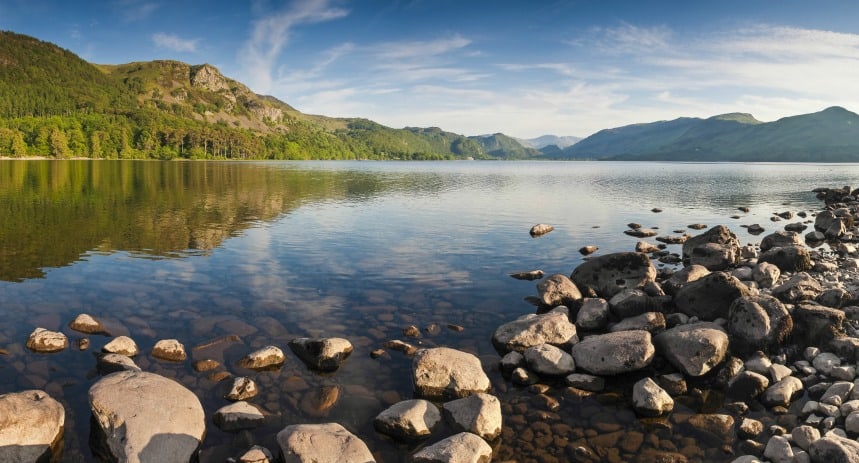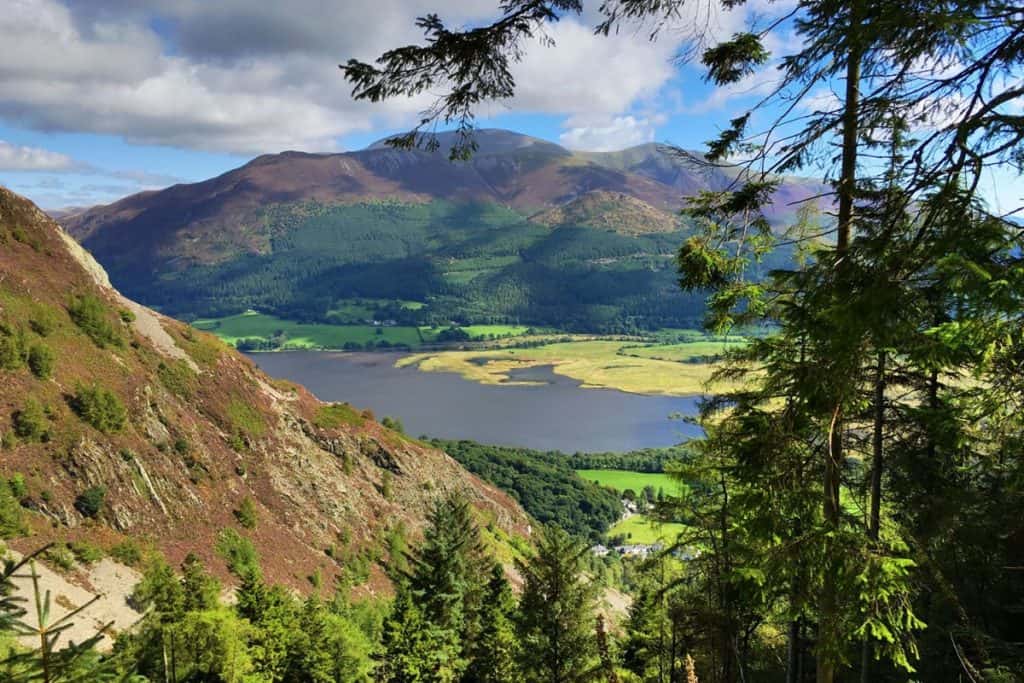It was a proud moment for Cumbrians when the Lake District became a World Heritage site.
We were delighted to discover today that the Lake District National Park has been awarded one of the highest accolades on the planet. Now considered as a UNESCO World Heritage site, the park joins such wonders as the Taj Mahal, the Great Barrier Reef, the Grand Canyon and the Great Wall of China. We always knew that the Lake District was special – now we have proof!
In case you didn’t know, the Lake District is England’s largest national park and is home to the nation’s largest lake (Windermere) and highest mountain (Scafell Pike). About 18 million people visit the area each year. Ever since the Romantic poets of the 19th century were dazzled by the region’s beauty, it has been the inspiration behind incredible artwork, poetry and music.
It is also an area that is known for it’s outdoor activity opportunities, luxury hotels, quaint architecture and unique wildlife. All of these having shaped the landscape into what it is today.
20 years in the making
With this in mind, it was somewhat surprising to learn that representatives on behalf of the national park had been trying to obtain the UNESCO status since 1986. A bid was submitted twice in those years, but the committee could not decide whether it was a ‘natural’ or ‘cultural’ site. When a ‘cultural landscape’ category was created, this gave the park another chance to apply. Slowly but surely, the Lake District became a World Heritage site.
On 10th July, a UNESCO committee in Krakow, Poland confirmed that the Lake District was to be the first national park in the UK to be granted the prestigious listing. This meant that it joined 30 other sites around Britain that have won the international acclaim – an announcement that was described as “momentous” by the Chairman of the Partnership, Lord Clark of Windermere.

So why was the Lake District awarded a World Heritage site status?
Three main themes ran through the proposal that supported the Lake District becoming a World Heritage site, which were:
Identity
The striking natural landscape of the Lake District has, over thousands of years, been carved by industrial and agricultural developments. It is a cultural landscape of international significance and has a unique landscape, different to any other area of England.
Inspiration
The beauty of the Lake District inspired artists and writers of the Picturesque and Romantic movements and generated ideas about landscape that have had global influence.
Conservation
The Lake District has been enjoyed and valued by visitors for 250 years. Concern to protect it was the inspiration for the birth of the conservation movement, including the National Trust and protected areas including UK National Parks.
For us at The Trout, finding out that the park had been granted the World Heritage status was a great joy. We look out onto the rugged ridges of the Lake District each day and most of the staff have grown up in the surrounding area. Sure, we’re a little biased when we say that the park fully deserves to be recognised globally for its astonishing beauty and rich culture. But it’s not just us Cumbrians that think that. If you heard some of the comments from our visitors after their first outings to Buttermere or Skiddaw – we believe that you’d be thoroughly convinced too. The recognition by UNESCO has been a long time coming, but we now have a World Heritage site right on our doorstep. How good does that sound!?

The other UNESCO World Heritage sites in the UK include:
- Blaenavon Industrial Landscape (since 2000)
- Blenheim Palace (1987)
- Canterbury Cathedral, St Augustine’s Abbey, and St Martin’s Church (1988)
- Castles and Town Walls of King Edward in Gwynedd (1986)
- City of Bath (1987)
- Cornwall and West Devon Mining Landscape (2006)
- Derwent Valley Mills (2001)
- Durham Castle and Cathedral (1986)
- Frontiers of the Roman Empire (1987)
- Gorham’s Cave Complex (2016)
- Heart of Neolithic Orkney (1999)
- Historic Town of St George and Related Fortifications, Bermuda (2000)
- Ironbridge Gorge (1986)
- Liverpool – Maritime Mercantile City (2004)
- Maritime Greenwich (1997)
- New Lanark (2001)
- Old and New Towns of Edinburgh (1995)
- Palace of Westminster and Westminster Abbey including Saint Margaret’s Church (1987)
- Pontcysyllte Aqueduct and Canal (2009)
- Royal Botanic Gardens, Kew (2003)
- Saltaire (2001)
- Stonehenge, Avebury and Associated Sites (1986)
- Studley Royal Park including the Ruins of Fountains Abbey (1986)
- The Forth Bridge (2015)
- Tower of London (1988)
- Dorset and East Devon Coast (2001)
- Giant’s Causeway and Causeway Coast (1986)
- Gough and Inaccessible Islands (1995)
- Henderson Island (1988)
- St Kilda (1986)

